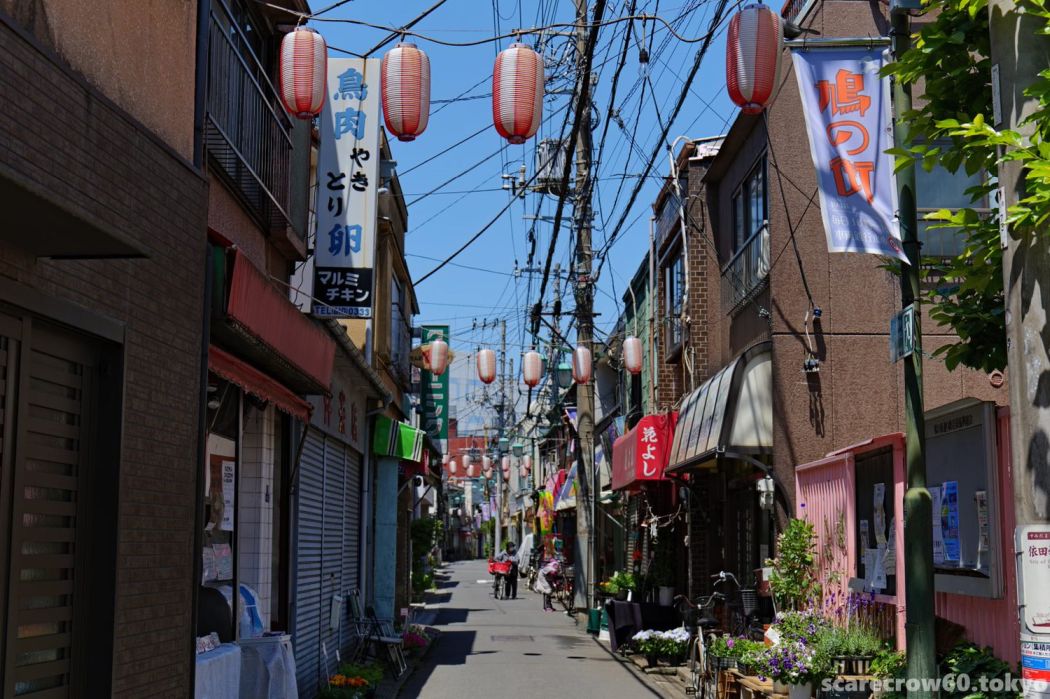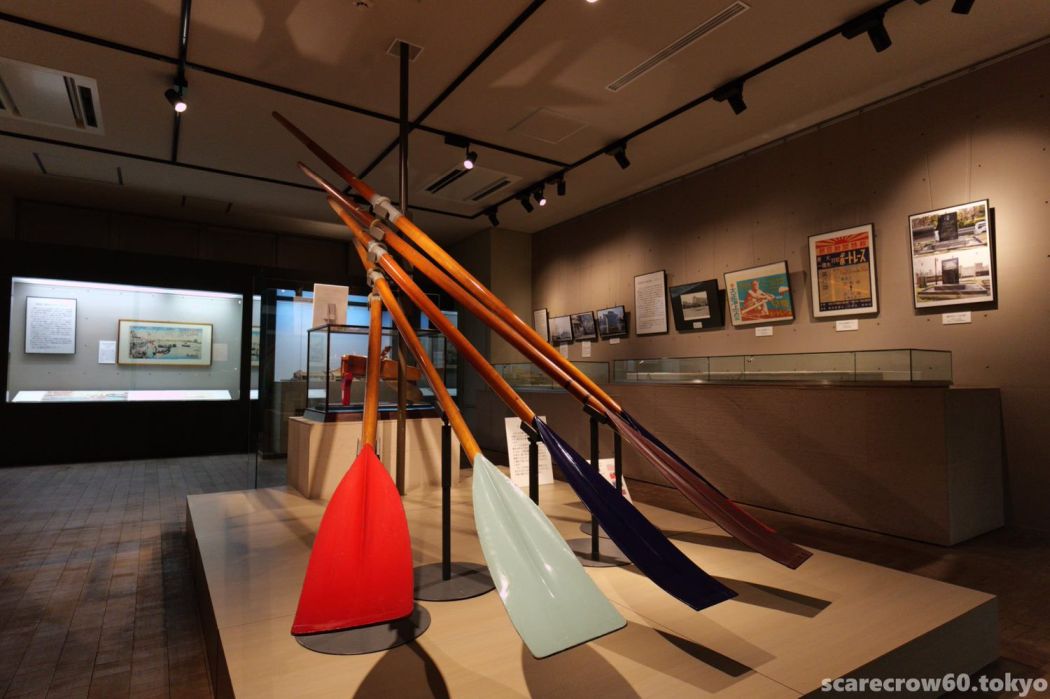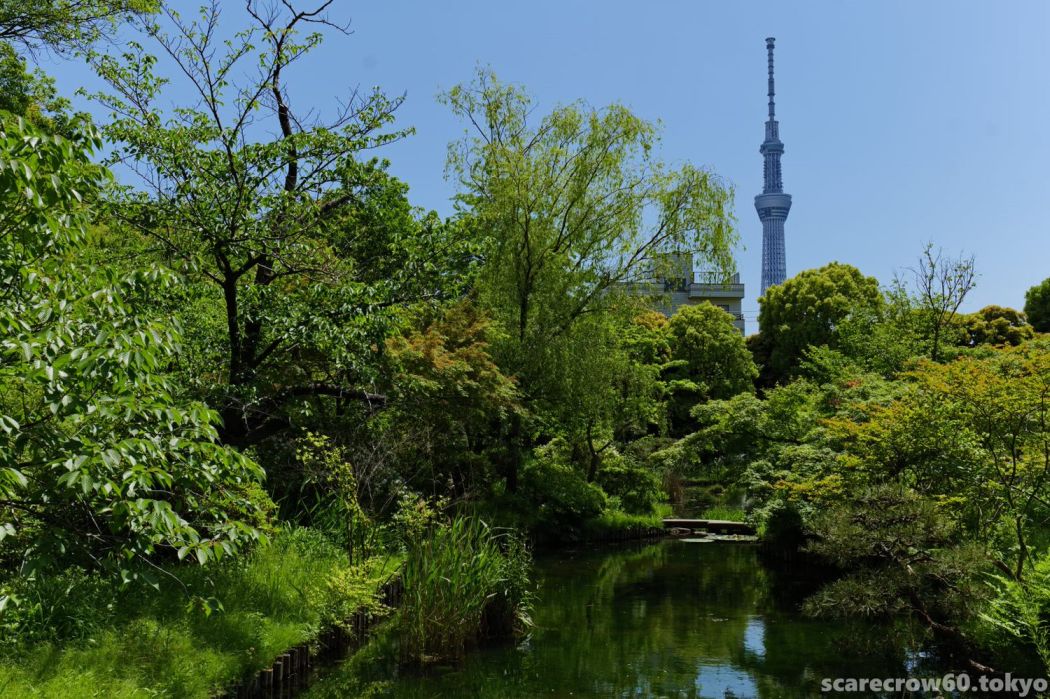Last time, I started walking from Azuma-bashi bridge and headed north, crossing over to Mukojima on the other side of the river and making a few stops along Kenban-dori street before re-entering the Sumida River bank and reaching a point where I could see Shirahigebashi bridge in the distance upstream.
Here, I turned my view toward the front on the other side of the river to see the Sakura bridge, which is for pedestrians only.
The beauty of the bridge’s graceful X-shaped curves is well known in aerial images, but it is a bit disappointing that there are no tall buildings in the vicinity to gain altitude.
Near the Sakura bridge, there are some famous long-established Japanese sweets shops. Here are two of them.
I couldn’t decide which sweets to buy as a souvenir today, but when I got there, it was automatically decided.
The reason is that Chomeiji Sakura Mochi shop was open for business, but
Unfortunately, Kototoi Dango shop just around the corner was closed.
For those of you who visit Kototoi Dango, please note that the store is a bit far from Kototoi bridge. On this day, I had no choice but to buy a piece of sakura mochi (rice cake with sweet bean paste) and put it in my bag to continue my walk.
Next to Kototoi Dango shop, which was closed for the day, was a park or rather a baseball field. This baseball stadium seems to have a long history.
According to the triangular plaque in the left corner of the photo, this stadium was the first youth baseball stadium in Japan, built with great effort by local residents in the devastated postwar era. A plaque of a one-legged batter is displayed on the gate, and Sadaharu Oh also spent his boyhood at this stadium and grew up to be the Japanese baseball legend. Wow.
At this point, I decided to leave the main street and go down a back alley.
Narrow alleys wind their way through the residential area, which still retains a strong Showa-era atmosphere.
I am taking this photo carefully because it is a private residence, but the brick-like tiles give it a very Showa-era feel.
A hand-pushed pump for pumping up groundwater. It still seems to be working.
This old two-story apartment on the left side of the photo is a “challenge spot” recommended for “office, store, atelier, telework,” etc., and is currently seeking tenants for 29,000 yen/month rent. Hmmm…
As you can see, the city has a strong old Tokyo feel, but if you let your guard down for a moment, this will catch your eye and bring your consciousness back to the present day.
I think that was Mukojima Elementary School, on the left. I have hardly seen any children up to this point, but come to think of it, Children’s Day is coming up soon.
I was smiling at the cute carp streamers (symbol of Children’s day) on the outskirts of the shopping street.
This street is called Hato-no-Machi shopping street. This scenery can be called one of the best Old Tokyo Towns in Tokyo.
There are many more famous Japanese sweets shops in this area, such as this Kibi Dango shop and Kusamochi shop, which I failed to take a picture of.
However, since I already have a solid folded package of sakura mochi in my bag, I’ll have to weigh my options for further purchases.
Well, my walk around Mukojima with S5 and Lumix S20-60 turned out to be a long story.
It was almost lunchtime, so I decided to find a reasonable machi-chuka (reasonable local Chinese restaurant), have a bite to eat, and then get back on track.
Next time, the Mukojima Hyakkaen garden will probably be the main setting.



